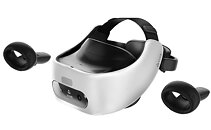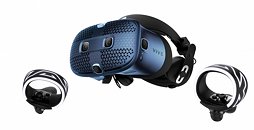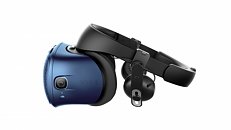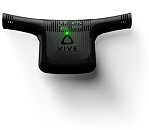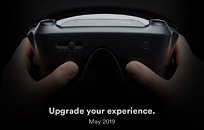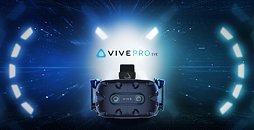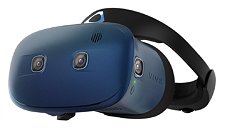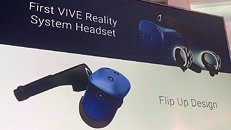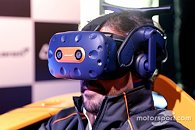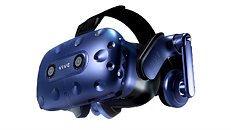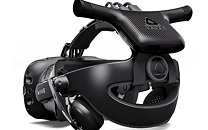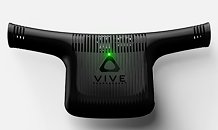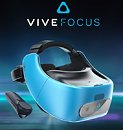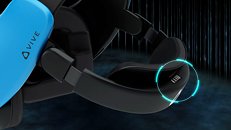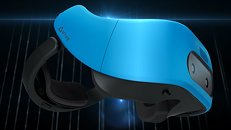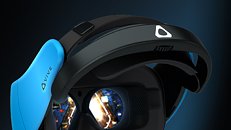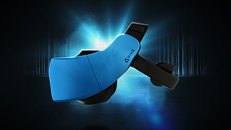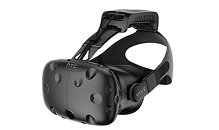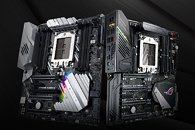
HTC VIVE Breaks new Ground with Launch of Portable VIVE Flow Immersive Glasses
HTC VIVE today announced VIVE Flow, a compact, lightweight immersive glasses device that transports its wearers wherever they want or need to be - anytime, anywhere. "With VIVE Flow, HTC is taking technology in a new direction, focusing not on what we do, but on how we feel. Maintaining our wellness has come to the forefront in the last few years, with so many millions feeling stressed every day, so it has never been more important to take time out to calm our minds, and VIVE Flow provides the perfect opportunity to escape our four walls and immerse ourselves in our ideal ambience," said Cher Wang, Chairwoman and CEO of HTC. "Meditation, gentle stretches, brain training, streaming our favorite shows or even meeting friends or coworkers in VR with VIVE Sync can all be enhanced by a device light and compact enough to fit in our pocket. VIVE Flow represents the next evolution of technology, as we take a more holistic view of how we can make life better."
"Relaxation means different things to different people," said Nanea Reeves, CEO of leading XR wellness service TRIPP. "It's important to find your own version of zen, whether that means meditating, watching videos, or playing games. The fact that HTC gets it, that we can use VR in these ways that can benefit peoples' emotional and mental well-being is something that I personally am very excited about as is our entire team at TRIPP."
"Relaxation means different things to different people," said Nanea Reeves, CEO of leading XR wellness service TRIPP. "It's important to find your own version of zen, whether that means meditating, watching videos, or playing games. The fact that HTC gets it, that we can use VR in these ways that can benefit peoples' emotional and mental well-being is something that I personally am very excited about as is our entire team at TRIPP."






